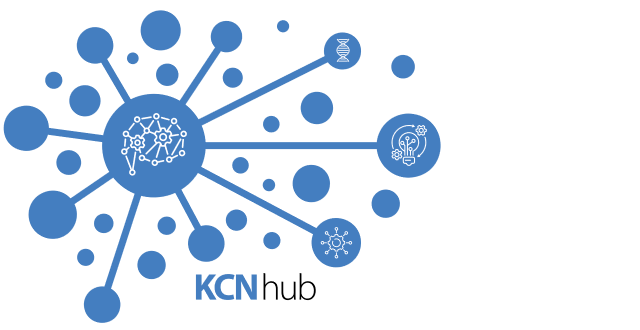Luka Milosevic
Luka Milosevic received his PhD in Biomedical Engineering from the University of Toronto, after which he pursued a Postdoctoral Fellowship at University of Tübingen Institute for Neuromodulation and Neurotechnology, Germany. He is currently a Scientist at the Krembil Research Institute, Assistant Professor at the University of Toronto Institute of Biomedical Engineering, and an Affiliate Scientist at the KITE Research Institute, and co-Director of the Center for Advancing Neurotechnological Innovation to Application (CRANIA). Dr. Milosevic also plays a clinical role monitoring patients’ brain activity to guide the placement of deep brain stimulation (DBS) devices at the Toronto Western Hospital. His research is at the intersection of biomedical engineering and human neurophysiology and the focus of his program is on the development of novel data-driven methods of neuromodulation and brain stimulation. His lab specializes in intracranial and whole-brain neurophysiological recordings in people with brain disorders, and optical, electrophysiological, and behavioural techniques in preclinical models.

